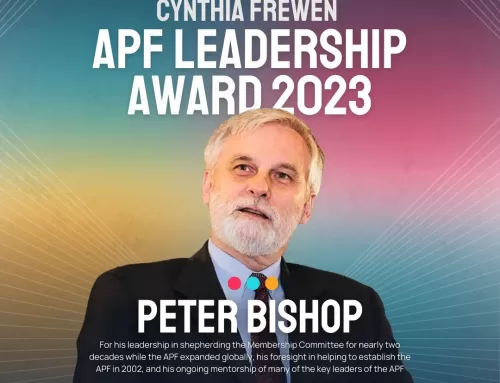 This week in futurist in media returns, there were some interesting articles pertaining to the futurist persuasion. There was a nice interview with Nottingham University’s Christopher Barnatt on his new book entitled “The Next Big Thing – From 3D Printing to Mining the Moon,” a page devoted to Sohail Inayatullah’s new book “What Works: Case Studies in the Practice of Foresight,”and an outline of some of Ray Kurzweil’s predictions for the future of technology and its accelerating integration into the lives of future world citizens.
This week in futurist in media returns, there were some interesting articles pertaining to the futurist persuasion. There was a nice interview with Nottingham University’s Christopher Barnatt on his new book entitled “The Next Big Thing – From 3D Printing to Mining the Moon,” a page devoted to Sohail Inayatullah’s new book “What Works: Case Studies in the Practice of Foresight,”and an outline of some of Ray Kurzweil’s predictions for the future of technology and its accelerating integration into the lives of future world citizens.
Futures researcher and professor at the University of Nottingham, Chris Barnatt, has given an interview to 3Ders.org concerning 3D printing among other things discussed in his new book. Barnatt asserts that it will not be 3D printing alone which creates the next manufacturing revolution, but it will be a combination of technologies including nanotech, synthetic biology, and resource collection from space. “Just imagine having all of the molecules needed to make a smartphone, and putting them into a cocktail shaker, giving it a really good workout, and then opening it up to take out a fully assembled Apple or Samsung device.” “…There is the related possibility of creating bioprinters that will output living materials engineered by synthetic biologists, and that will self-assemble into their final programmed form after 3D printout and then die on digital cue.”
A welcome development, University of Hawaii’s own expert on interdisciplinary future studies, Sohail Inayatullah, has produced a new book of case studies aimed at translating “the principles and theories of future studies into a practical overview that is accessible for business and community leaders, as well as academic readers.” Inayatullah says his book draws on 30 years of fieldwork and is meant to get businesses thinking along the same lines with respect to a common journey into a future full of stakeholder disagreement and technological disruption. His pioneering work in Causal Layered Analysis has definitely had an impact on my understanding of alternative perspectives.
Despite the controversy among futurists today, I think that Ray Kurzweil is in a position to make some fairly accurate projections given his unique access to one of today’s biggest and most innovative companies, Google. And I am inclined to pay attention to him even if, for no other reason, it is just because his assertions are so provocative. Personal preference aside, when he releases a statement there is usually a fairly prominent response online, and one such response surfaced this week in the form of an article titled (somewhat grandiosely) “8 Shocking Predictions for Life After 2020 from Google’s Genius Futurist”. Title aside, the article actually outlines some of Kurzweil’s key predictions in a very relatable way, mentioning nanobots and Kurzweils perception of their future impact. He says that via nanobots, we will be able to plug our minds into the cloud, radically extend our lives, and increase both logical and emotional intelligence. We will “be able to 3D print basically everything”, “be able to ‘reincarnate’ people who have died through AI”, achieve the singularity, and continue forward into the future following the law of accelerating returns.

